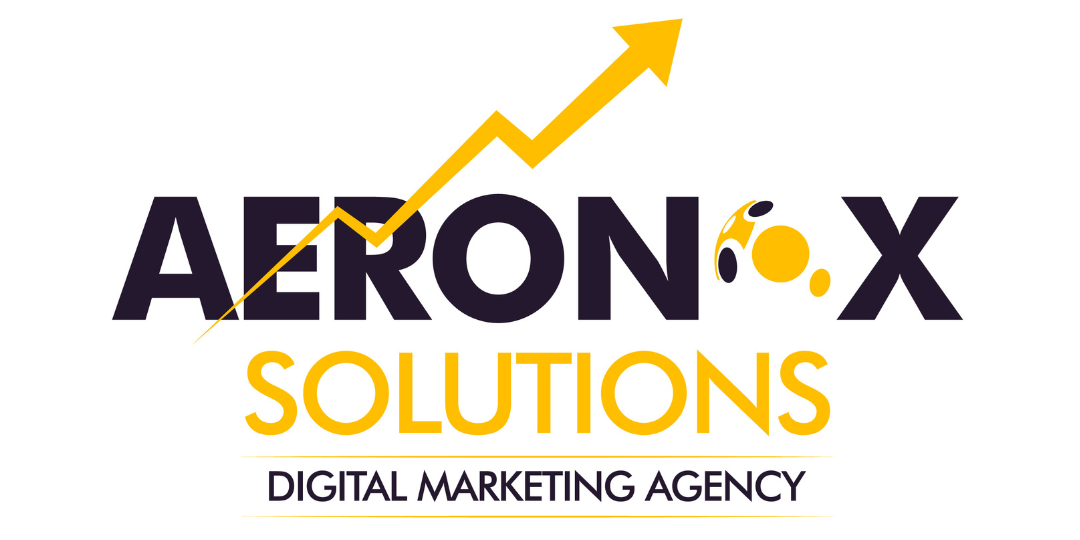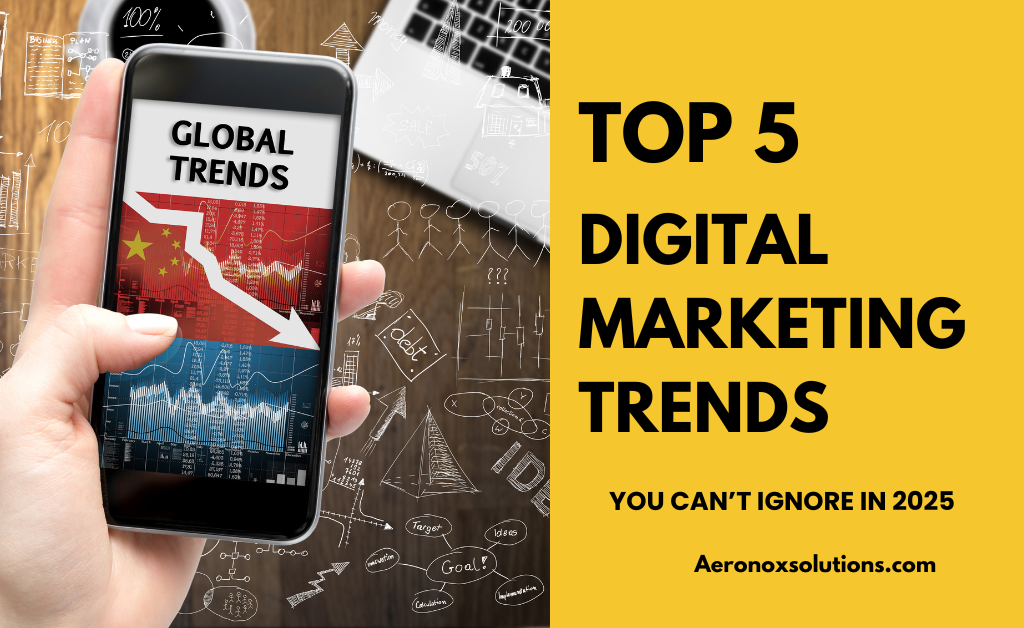9 Effective Ways to Promote your Business on Social Media
Social media is a powerful tool that has changed the way people and businesses communicate. It connects millions of people around the world, making it easy to share ideas, stories, and information instantly. For businesses, social media is a game-changer. It helps them talk directly to their customers, build trust, and create strong relationships. Companies can use social media to promote their brand, share updates, and listen to what their customers have to say. This feedback helps businesses improve their products and services. Social media also helps businesses grow by reaching more people and increasing their visibility. It’s a great way to build loyalty and make customers feel connected to the brand. In short, social media is a key part of modern life, helping people and businesses stay connected and grow together. 73% of marketers say that social media marketing has been somewhat effective for their business. This means that most marketers see real value in using social media to promote their brands, connect with customers, and achieve their goals. 9 Top- Notch Ways to promote your business on social media Social media marketing is an essential tool for businesses to connect with their audience, build brand awareness, and increase sales. With the right strategies, you can leverage social media platforms to grow your business effectively. Here are eight proven ways to make the most of social media tools and drive engagement. 1. Start with a social media marketing strategy Before diving into social media advertising, it’s important to create a well-structured Social media marketing strategy to guide your efforts. Start by defining clear objectives for your brand’s social media presence, such as increasing brand awareness, driving traffic to your website, generating leads, boosting sales, improving customer service, building brand loyalty, or expanding your professional network. A solid understanding of your target audience is crucial, so take time to research their demographics, interests, and behavior to determine which platforms are best for engaging with them. You can gather insights by asking your audience directly through surveys or polls, using built-in analytics tools to track user data, and analyzing competitor strategies to see what resonates with similar audiences. Once you know who your audience is, create a content plan that aligns with their preferences and behaviors. A content calendar can help keep your posts on track and ensure you’re ready for key dates like holidays or product launches. While planning is key, also remain flexible to respond to trends and real-time events, as social media thrives on timely and spontaneous content. 2. Select the Right Social Media Platforms Not all social media platforms are created equal. Choosing the right platforms for your business is crucial to reaching your target audience effectively. You have to conduct research to determine where your customers are most active and implement your strategy accordingly. B2C Businesses: Platforms like Instagram, Facebook, and TikTok work well for businesses targeting individual consumers, especially in lifestyle, fashion, and entertainment sectors. B2B Businesses: LinkedIn is an excellent choice for networking, lead generation, and industry thought leadership. Video-Driven Businesses: If your business relies on video content, YouTube and TikTok can provide a wider reach and higher engagement rates. E-commerce and Retail: Pinterest and Instagram are great platforms for showcasing products visually and driving sales. By identifying the best platforms for your niche, you can maximize your marketing efforts and reach the right audience 3. Develop a Content Calendar for Consistency Posting inconsistently can cause your brand to lose visibility, while an overload of posts can overwhelm your audience. A well-structured content calendar helps you stay organized, maintain a steady posting schedule, and ensure high-quality content delivery. Plan Content in Advance: Create a month-long schedule that includes post topics, captions, hashtags, and media. Use Social Media Management Tools: Platforms like Buffer, Hootsuite, and Later can automate scheduling, track performance, and help optimize posting times. Diversify Your Content: Include a mix of text posts, images, videos, stories, and live sessions to keep your audience engaged. Analyze Performance: Review engagement metrics to understand which types of content resonate the most with your audience and adjust your strategy accordingly. A well-maintained content calendar ensures your brand stays active and relevant on social media 4. Utilize Engaging Video Content Video content is one of the most powerful ways to capture attention on social media. It’s proven to generate higher engagement rates compared to text or static images. 81% of businesses prefer video marketing on Social Media Short-Form Videos: Platforms like TikTok, Instagram Reels, and Facebook Stories are great for quick, engaging content that captures attention instantly. Long-Form Videos: YouTube and IGTV allow brands to share in-depth insights, tutorials, and educational content that build trust and credibility. Live Streaming: Hosting live Q&A sessions, product launches, and behind-the-scenes tours can create real-time engagement and foster community connections. User-Generated Content: Encourage your customers to create and share videos of them using your products, increasing authenticity and brand trust. Incorporating video content into your strategy can significantly boost visibility and engagement across social media platforms. 5. Encourage Audience Interaction and Engagement Social media is designed for interaction. Simply posting content is not enough—you must actively engage with your audience. Ask Questions: Encourage conversations by asking followers for their opinions and experiences. Conduct Polls and Surveys: Platforms like Instagram Stories and Twitter allow for interactive polls that provide valuable customer insights. Respond to Comments and Messages: Show appreciation for customer engagement by replying to their messages, comments, and mentions. Host Contests and Giveaways: Encourage participation by offering incentives like discounts, free products, or shoutouts. Leverage Social Media Tools: Chatbots and automated responses can enhance customer interaction and improve response times. By fostering two-way communication, you create a more engaged and loyal customer base. 6. Balance Promotional and Value-Based Content Over-promoting your business can drive followers away. Instead, follow the 80/20 rule: 80% of your content should provide value, while only 20% should focus on direct promotion. Educational Content: Share industry insights, how-to guides, and informative posts that help your audience solve






